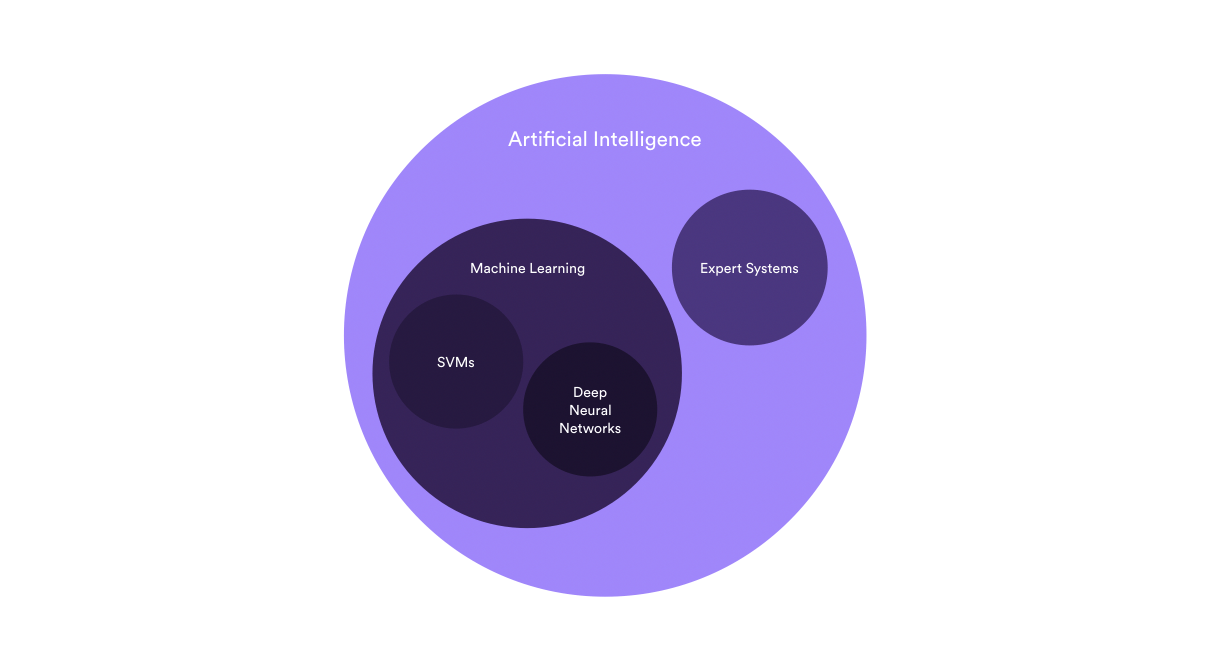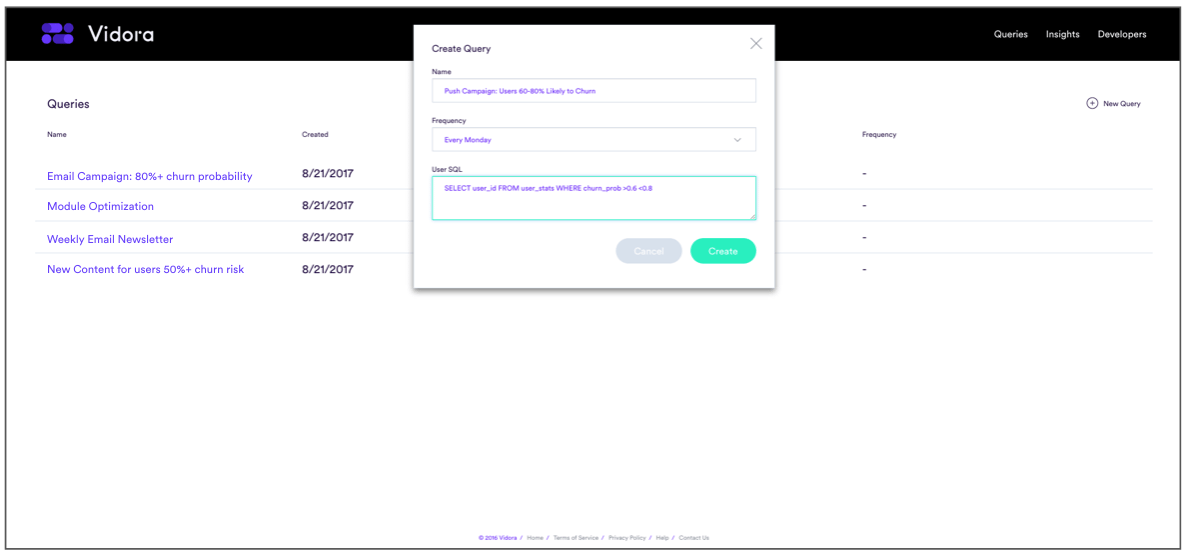
Artificial Intelligence is one of the hottest topics for businesses globally. And with it, we see many terms like AI, Machine Learning, Deep Learning and in blog posts, articles, and industry analyses. But what do these terms actually mean, and what is the difference between them?
This post provides a brief description of Machine Learning, Artificial Intelligence, Deep Learning, and Automated Machine Learning – and how these terms relate to one another.

Pictorial representation of how various terms from Artificial Intelligence and Machine Learning relate to one another.
Machine Learning (ML) is an AI-technology that enables algorithms to learn based on data. Other forms of AI explored in the past include Expert Systems (popular in the 70s and early 80s). Expert Systems included systems containing hand-crafted rules designed by humans – in essence humans were map their knowledge about the world into rules that a computer could use to reason and make decisions. ML takes a different, and arguable more scalable, approach : let the computer algorithms learn based on data supplied to them. This obviates the need to explicitly add human rules to a system : the system learns the rules itself.
ML algorithms have been around for over 50 years but only recently are they being used by organizations at scale. ML is benefiting from increasing amounts of data and processing power being available. Data, in particular, is the lifeblood of ML algorithms. With the dramatic increase in data available organizations are finally able to begin leveraging machine learning techniques.
There are many different types of ML algorithms that businesses can take advantage of:
-
- Deep Learning
- Regression
- SVMs
- Decision Trees
- Boosting
- Bagging
- Bayesian Inference
- And the list goes on…
Deep learning is one type of machine learning algorithm. But, as you can see, there are are a plethora of algorithms to choose from.
Techniques to Deploy an ML Algorithm
You need a variety of techniques to deploy an ML algorithm. These techniques then prepare the data for the core learning algorithms. These data preparation steps are often more important to achieving sound performance than the actual ML algorithm used for learning. The main steps for an ML algorithm are:

Machine Learning algorithms require that (1) data be cleaned and normalized, (2) more complex features be created from simpler base features, and (3) the best model be selected to learn based on that data. When an algorithm automates these steps of data preparation and model selection it is known as Automated Machine Learning (AutoML).

Screen shot of Vidora Cortex which enable AutoML for anyone in an organization.
You can check out what all the fuss is about and learn more about Cortex by emailing us at info@vidora.com and then logging into Cortex at http://app.vidora.com.


